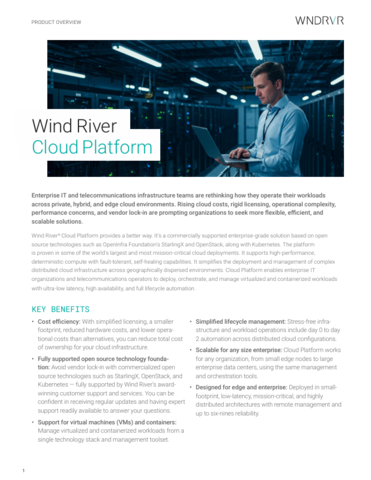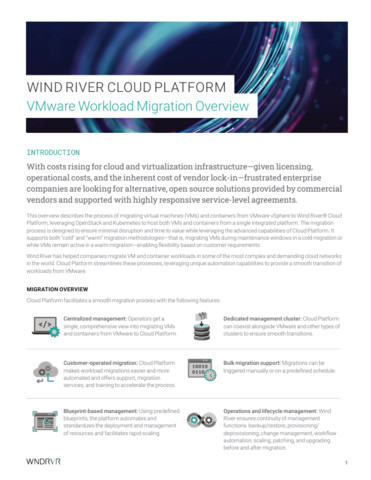Improving the deskless employee experience

Steve Tonks at WorkForce Software explains how, amid the UK’s most intense union action in 30 years, employers can recruit and retain skilled staff
This summer, the UK faced its biggest rail strike in 30 years, and it’s now expected that teachers and NHS staff will join the strike action too. We are seeing similar movements in the private sector, with BT workers voting overwhelmingly to take strike action for the first time in 35 years.
Amid today’s cost of living crisis, more frontline, deskless workers are demanding pay increases to combat inflation, as well as more flexible working options. These employees are the healthcare staff, public safety, factory workers, retail employees, and freight and delivery workers that comprise the essential workforce.
There are an estimated 2.7 billion such deskless workers worldwide – many of whom are part of trade unions, making up over 80% of the global workforce.
However, these industries are facing a talent crisis that has seen UK vacancy rates across healthcare, manufacturing and hospitality hit record highs, with more employees seeking roles outside of these vital industries as they pursue higher pay and improved employee experiences.
For employers, the balance of power has shifted. Workers are confident that they can get another job if their demands are unmet – with UK employment rates currently at record highs, despite a stalling economy.
Currently, there is no single issue on the table. Instead, a combination of improved pay, working conditions, and employee experiences will be increasingly critical to attract and retain this vital majority of the workforce.
At the same time, we cannot ignore that the nature of work performed by employees in unionised industries often prevents certain flexibilities from being offered. However, that does not mean employers cannot provide impactful, more flexible employee experiences for their deskless workforces.
Tackling inflexible schedules
As more strikes are announced, a key theme that keeps appearing is the inflexible working schedules provided, as well as a lack of training and feelings of being unheard and disregarded. Employers should take note of the need to provide deskless workers with environments that prioritise flexible hours, fair scheduling, and skills training as a bare minimum. However, amid today’s talent shortage, the bare minimum will no longer be enough.
To recruit and retain skilled workers, it is time to consider holistic benefits that make a real difference. For example, pay-on-demand gives employees access to wages when they need it. Additionally, flexible working arrangements for deskless workers could include alternate work weeks (40 hours over four days instead of five) or adjusting start or end times based on personal needs and circumstances.
Of course, delivering these improved employee experiences for a dispersed, deskless workforce can be challenging. This is where intelligent and modern workforce management technologies can provide streamlined, personalised digital processes that mirror the technology-enabled employee experiences now enjoyed by corporate roles.
Such technologies should utilise sophisticated AI and machine learning, alongside user-friendly design. This will provide both managers and employees with the capabilities to schedule shifts effectively, reduce overtime, mitigate burnout, support on-the-job learning, and make the process of requesting PTO simpler.
These tasks are easy to achieve for white-collar workers, who have corporate systems designed to support their needs, but they are more challenging for managing and supporting the needs of our frontline workers. Yet, these capabilities will be a competitive differentiator in recruiting and retaining skilled talent.
Listen, learn, respond and respect
Beyond scheduling and workforce management capabilities, it is vital that both managers and employees feel connected to and engaged with organisational goals and their role in supporting them. Enabling employees to provide feedback and allowing managers to act on those ideas is another crucial factor in showing deskless workers that they are supported and heard.
Afterall, the old-age saying ‘people leave managers, not companies’ remains true. Managers should therefore be supported with data-enabled workforce management technologies, to automate shift allocation, leave requests and shift swaps and more accurately deliver employee-focused outcomes in real-time.
However, effective corporate communication will also ensure that it is not left solely to line managers to create company culture. Where issues do arise, a modern workforce management solution can deliver an ‘in the moment pulse surveys’ to identify dissatisfaction more quickly.
Ultimately, achieving consistent two-way communication through technology will give the individual employee a voice, while empowering employers and frontline managers with the insight needed to address trends affecting larger groups.
Looking ahead
Of course, no one is arguing that technology alone can solve the very real concerns of those choosing to strike. However, these employees are demanding more flexible working patterns among other requests. However, when you consider that less than 1% of companies’ enterprise software spend is currently allocated to solutions that serve deskless workers, the call to action is clear.
During the pandemic, organisations moved rapidly to introduce technology to enable their newly remote workforce of desk-based employees. Many employers have made further investments to support hybrid and entirely remote models.
However, COVID-19 also highlighted the lack of communication and visibility between employers and their deskless workforce. After heralding the frontline, deskless workforce as heroes during the pandemic, now is the time to recognise them for the vital work that they continue to do.
In short, recruiting and retaining skilled, deskless talent requires employers to invest in their workplace experiences. Companies should utilise all tools at their disposal, starting with a strong tech platform that is rooted in a consumer-grade experience, to close the employee experience gap between those on the frontline and those in the office.
Steve Tonks is Senior Vice President EMEA at WorkForce Software
Main image courtesy of iStockPhoto.com

Business Reporter Team
Related Articles
Most Viewed
Winston House, 3rd Floor, Units 306-309, 2-4 Dollis Park, London, N3 1HF
23-29 Hendon Lane, London, N3 1RT
020 8349 4363
© 2025, Lyonsdown Limited. Business Reporter® is a registered trademark of Lyonsdown Ltd. VAT registration number: 830519543





